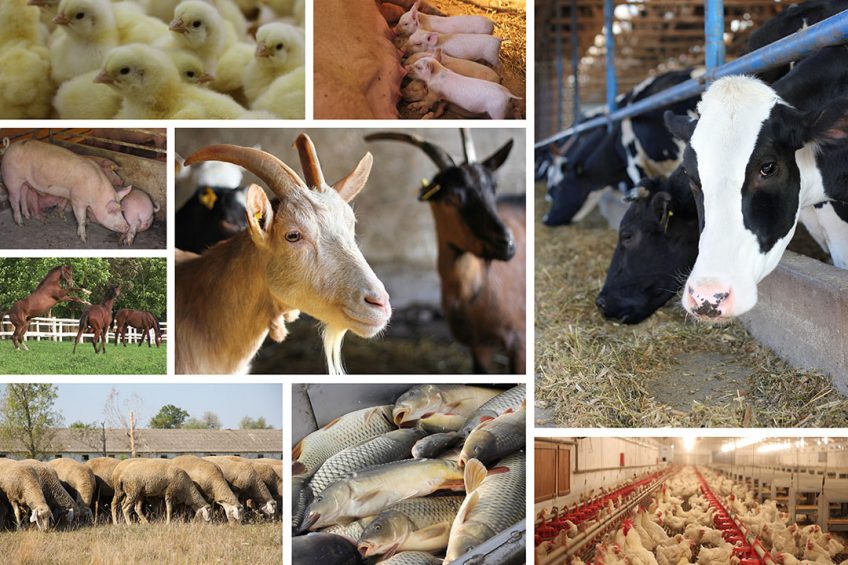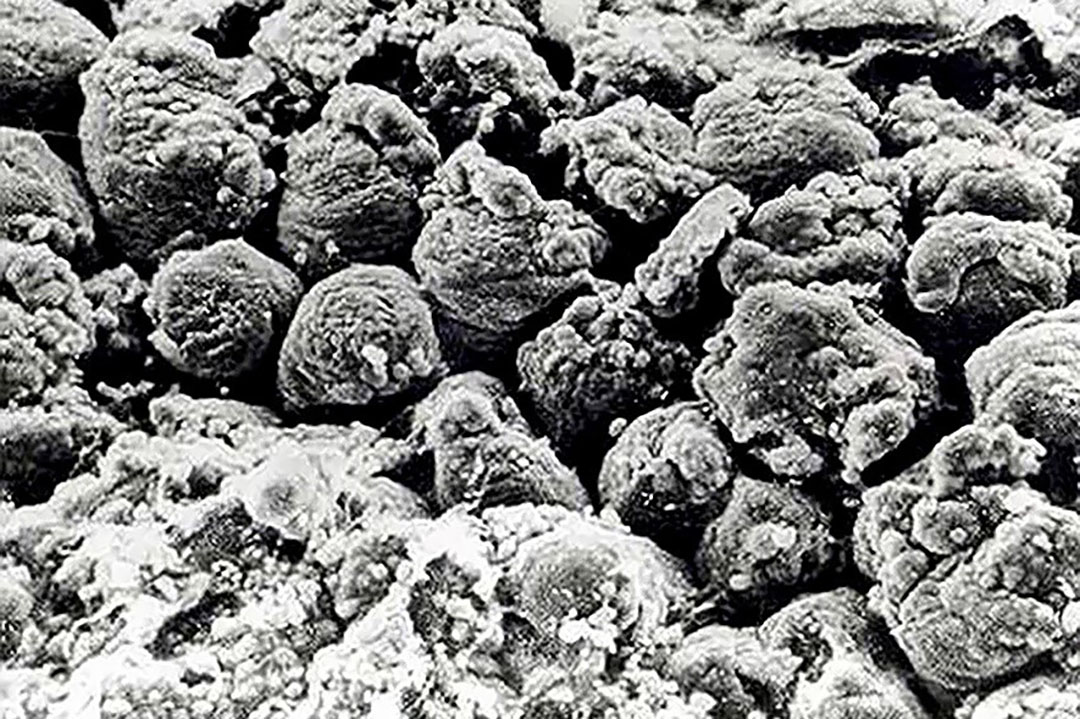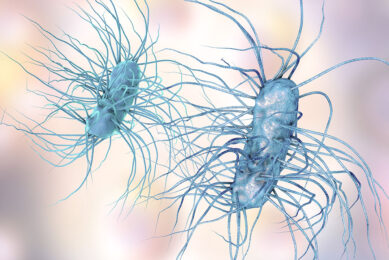How to measure and counteract mycotoxicosis

Low levels of naturally co-occurring mycotoxins act synergistically on animal health and compromise performance. Prevention is the best solution but requires multiple strategies to be effective against a broad range of mycotoxins.
Mycotoxins are toxic metabolites produced by moulds that can cause detrimental effects in animal production. Over 400 mycotoxins have been discovered today. They can be divided in pre-harvest or post-harvest mycotoxins. Pre-harvest mycotoxins are produced by moulds that grow on the crops in the field, whereas post-harvest mycotoxins are produced during feed storage, transport or processing. Amongst all mycotoxins, there is a huge variety in molecular structure, size or polarity and effects on animal health. Moreover, mycotoxins are stable during chemical or heat treatments and hereby accumulate quickly in feed materials. The most documented toxins are aflatoxins (AFLA), trichothecenes, zearalenone, fumonisins and ochratoxins.
Feed analysis
In EU maximal levels for AFLA B1 exist as well as guidance levels for the other mycotoxins. These levels are monitored by feed analysis in advanced labs. Besides the fact that mycotoxin analysis is difficult and unreliable, low levels of naturally co-occurring mycotoxins act synergistically in the animals. Thus, even below the EU guidance levels or below HPLC detection limits, mycotoxins cause harmful effects once ingested by animals.
Measure the effect on animal health
Upon ingestion, bypassing the stomach and surviving the animal’s metabolism, the toxins will enter the intestinal lumen and cause their first effects on the gut barrier. Mycotoxins turn the gut into a leaky state by lowering the tight junction proteins. This state can be visualised (see image below) or measured by tight junction protein expression and gut morphometry or morphology parameters like villus length, width and crypt depth.

This leaky gut allows more translocation of toxins or pathogens into the animal’s system. The immune system will be triggered and a cascade of events can cause severe gut inflammation. Moreover, mycotoxins are also known to suppress the immune system, for instance reducing certain types of immune cells important in the first line of defence. In both cases, the immunomodulation is an ideal opportunity for pathogens to cause secondary diseases, like bacterial enteritis in monogastrics or mastitis in dairy cows. Measuring the immune response is possible with flow cytometry on blood samples, where every type of immune cell can be distinguished based on certain specific surface markers, like receptors and major histocompatibility complex (MHC). Also the level of different cytokines can be measured in blood samples.
After modulating the immune system, toxins will be transported by the blood to vital organs, such as lungs, liver and kidney. The liver is the organ which is naturally focused on detoxification as well as other important functions for storage and synthesis of protein and biochemicals. Mycotoxins can damage the highly specialised hepatocytes by inducing oxidative stress and a direct toxic effect. The free radicals will induce membrane instability and leakage of hepatocyte content. The induced liver damage can be observed by a change in liver colour or by measuring liver metabolites in blood samples of contaminated animals, like serum proteins (Albumin and globulin) and liver enzymes (Aspartate aminotransferase). Similar effects have been observed in the kidney. The kidney is the main organ of the renal system in animals and responsible for regulating the body fluid content, osmotic balance and excretion of waste products. The kidney cells are also affected by oxidative stress and a direct toxic effect. Consequently, waste metabolites leak back into the bloodstream and the filtration of blood is compromised. Uric acid is an example of such a metabolite that can be measured in blood samples. In general, oxidative stress in epithelial cells, liver or kidney cells is quantified by the blood level of antioxidant enzymes superoxide dismutase and glutathione peroxidase. These endogenous enzymes reduce and convert free radicals in the targeted organ cells.

Loss in animal productivity
All the above-mentioned parameters are called biomarkers, because they are biochemicals or animal cells that tell us something about the health status of the animal. In the context of mycotoxins, these parameters enable us to investigate the subclinical signs of mycotoxicosis deeply and thoroughly. All mycotoxins have their specific effect, next to impairing the gut barrier and modulating the immune system. For example, zearalenone targets the reproductive tract, aflatoxin is more hepatotoxic, whereas deoxynivalenol (DON) is called vomitoxin for obvious reasons. As these mycotoxins co-occur in naturally contaminated feed, their effects will add up synergistically to losses in animal productivity. In dairy cows, mycotoxins result in lower milk production and milk quality. In reproductive animals, like sows and broiler breeders, they induce problems with fertility. In young animals, such as broilers or piglets, mycotoxins result in poor performance.
Counteract the effect on animal health
Prevention is key to protect your animals against the effects of mycotoxins. The most effective strategy is to add an anti-mycotoxin additive in the feed. At Impextraco, we developed Elitox based on numerous in vivo trials. With the use of biomarkers we could evaluate the product and study it’s broad-spectrum mode of action. Thanks to its specific composition, Elitox contains multiple tools to prevent the effects of any mycotoxicosis. Firstly Elitox will bind and detoxify mycotoxins in the lumen, to prevent them from causing harm to the gut barrier and change the immune response. Secondly, Elitox contains ingredients that work together in balancing the immune response, strengthening the gut barrier and protecting the vital organs based on their anti-inflammatory and antioxidant properties. It is essential to have multiple strategies that act complementary because binding and detoxification will never be 100%. This implies that every mycotoxin that escapes, causes harm to the animal. It is well known that DON cannot be bound, so counteracting its effect relies mainly on detoxification and strengthening the gut barrier. In conclusion, preventing mycotoxicosis requires multiple strategies to be successful against a broad range of mycotoxins.







